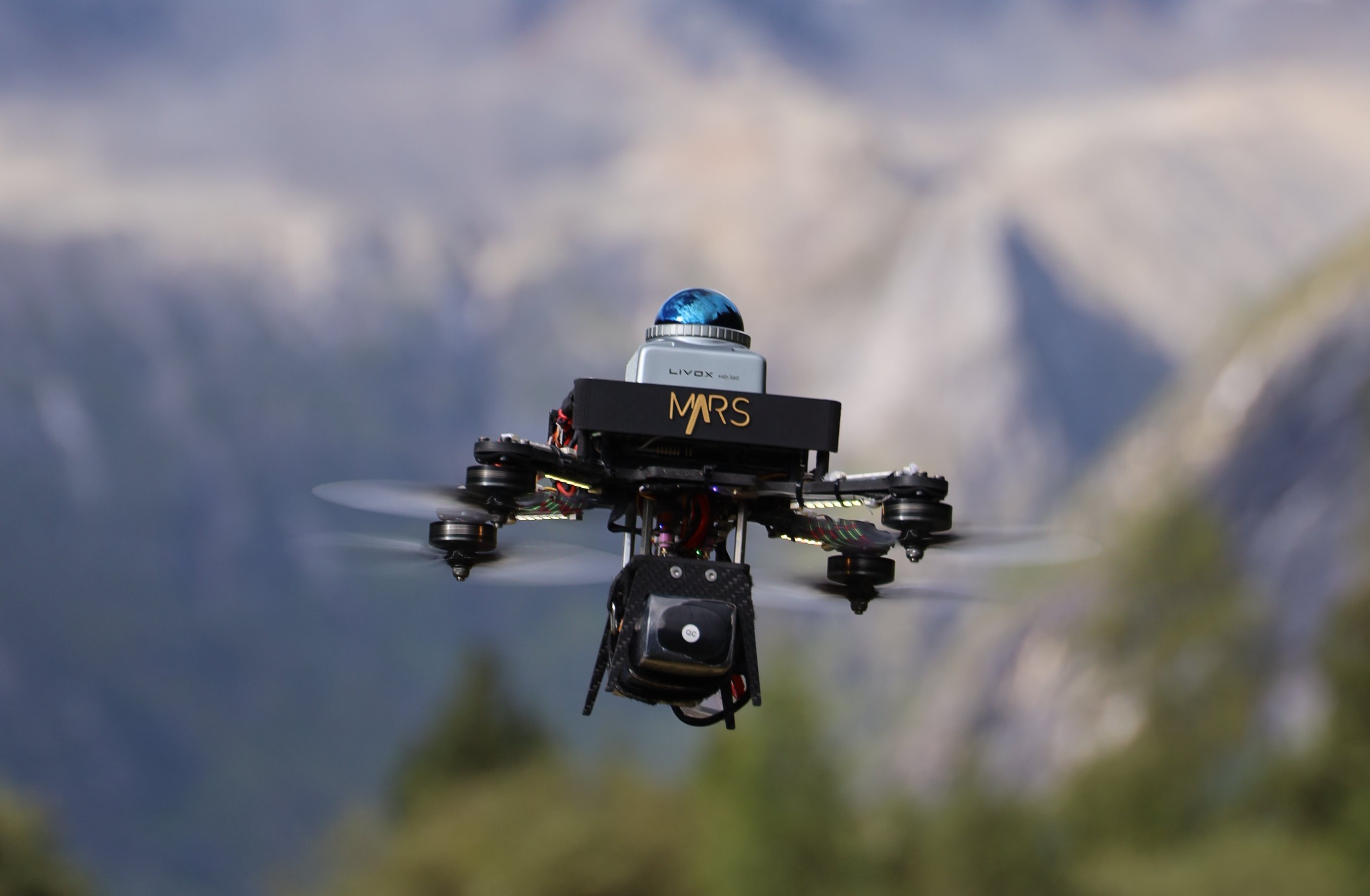Testing showed that SUPER could safely fly through an obstacle course at 20 meters per second. The research team also found that it could follow a target, such as a human being, as it made its way through a forest, successfully avoiding trees, branches and other obstacles it met. They also found that because it is based on LiDAR, it can operate in low-light conditions as well.
You must log in or register to comment.
What a wonderful time to be alive!



